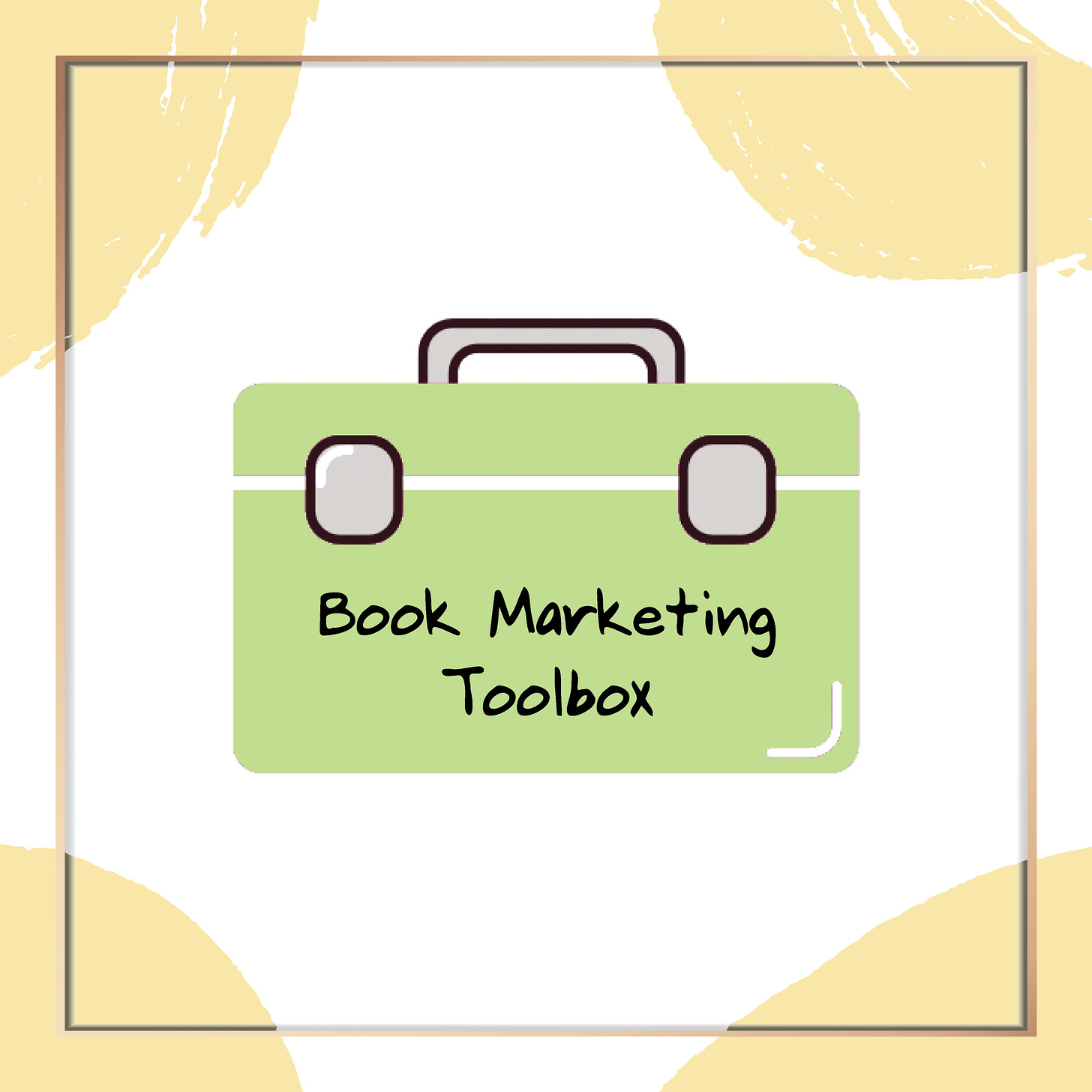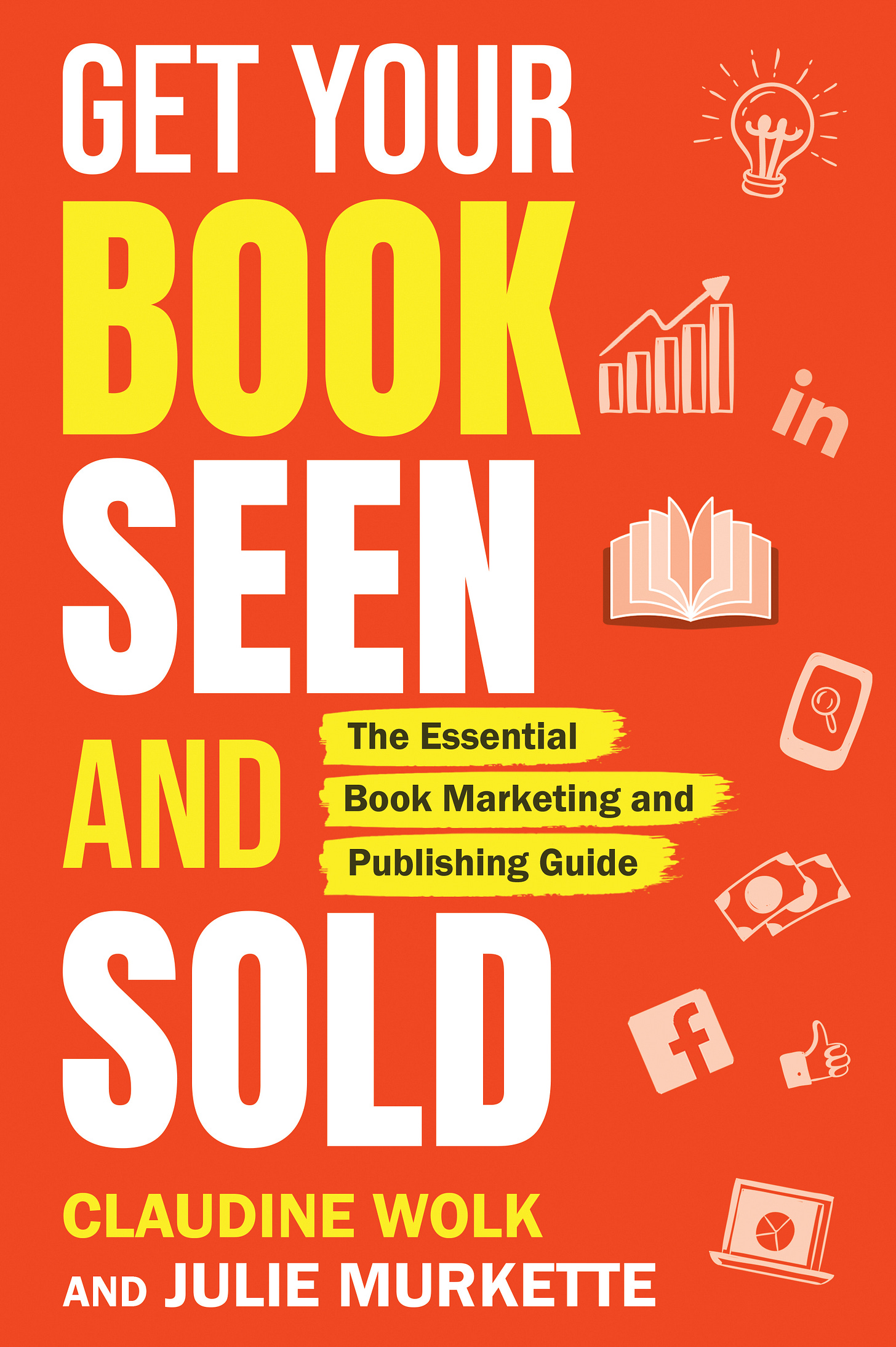To Sell Your Book You Need a Marketing Tool Box
Book marketing is an overwhelming proposition. After your book is written, you might think the work is over but it has really just begun. I know that promoting your book is not easy. I ruminate for hours for a way to explain the most important aspects of book marketing in a way that won’t make you want to run to your bed and lay in the fetal position. The best way I have come up with so far is to explain the process of book marketing through the use of analogy. The analogy is a tool box.
Every profession has a toolbox – items that are needed to complete a job properly. As an accountant, my toolbox included a computer, a ten-key (a calculator), an audit box, a FASB manual, pencils, erasers, working papers, and working paper binders. A painter has his paint rollers, turpentine, paint, primer, thinner, scraper, etc. You get the idea.
A book marketer’s tool box includes:
the items that she will use to pitch her book to media for interview, mention, or review: media kit, book proposal, query
a list of media contacts to pitch
If you, as a book marketer, take the time to create the right tools with care, thoughtfulness and creativity, your marketing efforts will yield the best results for increased sales of your book.
The tools that you need in your book marketing toolbox:
Tool #1: Query
In a previous Substack article, I describe the query and some detailed tips for writing one. A query is most commonly sent to an agent or publisher. It is a one-page pitch that describes your book, why it is needed, who it serves, and why you are the person to write it. You will use the ideas and persuasions that you include in your query again and again in your other tools so take the time to write, re-write, review, and edit your query. Writing a query is a great place to start to create the book marketing tools for your tool box.
Tool #2: Book Proposal
A book proposal is a standard “book industry” document that covers a few of the aspects that you already included in your query plus a few more. It digs deeper than a query. It is a bit like a book report, forgive the pun. In my Substack article titled, Book Proposal: How to Write it and When to Use It, I share one of the two books that I purchased to publish my first book, Write the Perfect Book Proposal, by Jeff Herman and Deborah Levine Herman. It is a great book to help you with your book proposal. It includes standard book proposal components and their description plus actual book proposals that sold and why they sold.
Continuing with the book report analogy, a book proposal includes its own table of contents describing what will be in the proposal that follows. You generally start with an “overview” of the book (you will use what you included in the query) and add a more detailed description of the book and why you are the one to write it.
There is an “author” section that is all about you. Again, dip into your query a bit. You want to include why you are the perfect person to write this book plus other biographical information that hopefully demonstrates how your background will help sell your book. Are you a professional doctor, lawyer, psychologist or specialist who adds credentials to this book, for example? Perhaps you are writing a book about trees and you are a botanist? You get the idea.
Competition Section Alert
The other parts of the book proposal will be outlined in a future article but I want to mention an important section of the book proposal here to give you a heads up on a very unique section of the proposal. A thorough book proposal needs a “competition” section. You read that correctly. In a book proposal, you need to do a bit of research to identify your competition. Scary, scary, I know. Consider this. Stay with me here. There is, most likely, another book out there that is like yours. There I said it. Take a deep breath.
It is simply the truth that there most likely is a book out there that is like yours. Should you pack it up and go home? Heck no. Your job is to investigate and identify the ways that your book is different from the other books in your genre. Hopefully, your investigation will result in the finding that your book: does it better, says it better, includes more of it or less of it, whichever is better, and will therefore sell better. You see, one thing that publishers and agents want to confirm is that your book will sell! If there are other books out there and none of them sell, a publisher might be hesitant to publish your book. Your goal is to share books that are of interest to the reader (there is a market for it) but that your book does it differently or is better and that is why it will sell.
Tool #3: Book Media Kit
The book media kit is another critical tool in the book marketer’s tool box. In future articles, I will explain media kit items in detail but I include some of the basic pieces of a media kit here for reference: a press release, an author bio, a book one-page, an endorsements page, an interview q&a, a book cover jpg and an author jpg. This list is not all-inclusive. It is important to note that the items listed have “industry-standard” components – especially the press release. Journalists, book buyers, libraries, and media look to certain locations on the press release for specific pieces of information and they had better be where they expect to find them.
The book marketer selects these media kit items when they pitch to media contacts to get interviews, reviews, mentions, or advertising for their book. For example, if you wanted to pitch to People Magazine for a book review, you would send a copy of the book (or galley) along with the press release, an author bio, and interview q&a. All the information that the People Magazine book reviewer would need to write a book review with proper attribution and book details would be available to them.
Tool #4: Media Contact List
When we use the phrase media contacts we are referring to any entity or person including tv, radio, newspaper, magazine, as well as book industry reviewers and long lead reviewers that a publisher decides to pitch with a media kit for a review, interview or mention of you or your book. That was a mouthful! For example, let’s say that you are asking the NY Times book review (media contact) if they would like to review your book. You will need the name, address (or email) at the NY Times Book Review to send your cover letter, your book, your press release, your author bio, etc. The NY Times Book Reviewer’s name and email and address is your media contact.
When I first heard the phrase “media contacts,” I didn’t understand what it meant. I thought that media contacts was a list that was published somewhere that was accessible to everyone. I thought that I could find it, purchase it and use it. What I failed to grasp was that it is a list of people that YOU create yourself, that is unique to you.
The concept of creating your very own media contact list may seem a little daunting but it is exciting too. It is exciting because it is an opportunity to use your unique grasp of the message that is in your book to create the media list that has the best chance of getting your book seen and sold. When it all comes together, it’s like a piece of art. Will it pay off? The best way to find out is to take a chance and throw a pitch!
I would love to hear your questions or comments on the article or new subject idea suggestions!
Why Subscribe to Get Your Book Seen and Sold Substack?
With paid subscriptions, some less than $5/a month, you will have access to all of my resource filled posts, plus a fill-in-the-blank marketing plan that you can download.
At the highest subscription level ($75/yr), you will also get a my new book, Get Your Book Seen and Sold AND a 30 minute chat with me about publishing or marketing (your choice).
When you are ready to make some decisions about YOUR book subscribe today and let’s come up with a plan.





